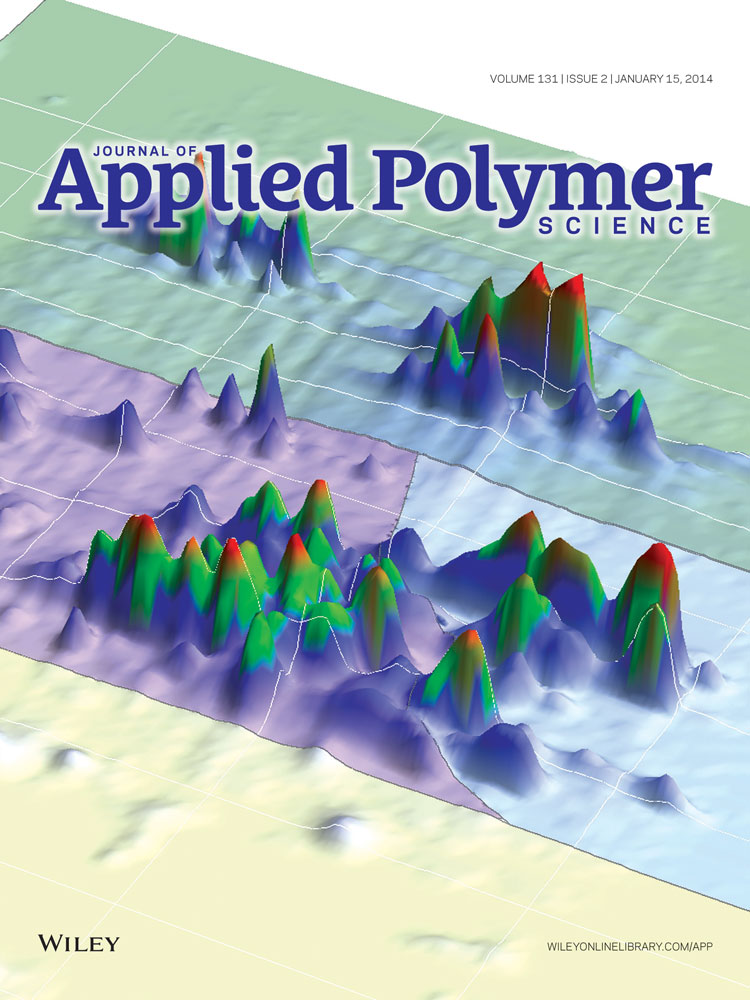Bipolar nanofiltration membranes based on plasma modified microfilters
Abstract
Track-etched membranes were used as support for deposition of plasma polymerized layers and formation of bipolar nanofiltration membranes. The 75 KHz plasma reactor was applied for that purpose. Three kinds of monomers were plasma polymerized. They were as follows: n-butylamine, allylamine, and acrylic acid. For each monomer, the best polymerization parameters were selected. It was determined that acrylic acid deposited at the highest rate, then deposited allyloamine and finally n-butylamine. Among the electrodes, the grounded one offered more stable layer and can be used for plasma polymer deposition. The obtained membranes showed good rejection properties toward bivalent ions. It was shown that the sequence of deposited layers did not affect the separation properties. For some investigated membranes, rejection reached 50–80% value. © 2013 Wiley Periodicals, Inc. J. Appl. Polym. Sci. 2014, 131, 39790.




